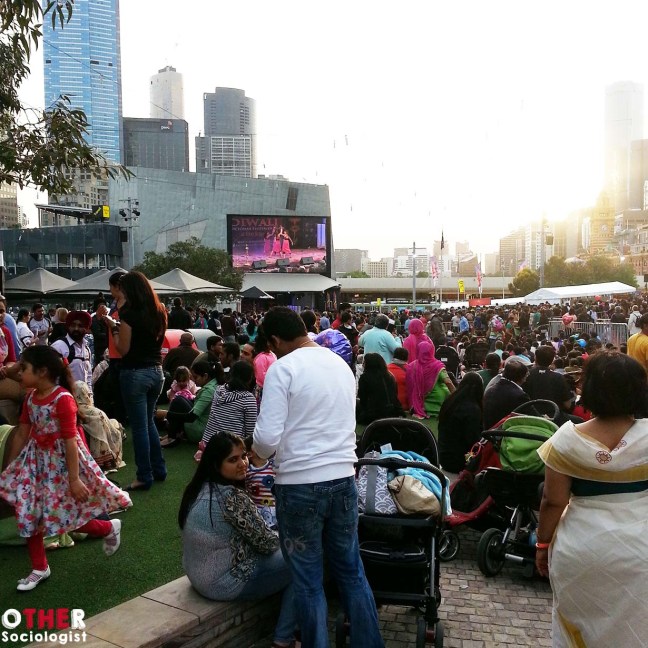I’ve been busy the past few months consolidating all of my writing onto my blog. It’s been a humongous undertaking, but the task was designed to help me save my work in future. My blog has proven to be the most reliable way to preserve my content. The consolidation project began because, late last year, Google+ announced it was shutting down in April 2019. Long-time readers would know that, outside of this research blog, much of my public scholarship emerged from Google+. From my involvement in a community run by multidisciplinary scientists, Science on Google+, to my co-management of STEM Women (a community and website supporting the careers of women in Science, Technology, Engineering and Mathematics), as well as my own sociology posts, much of my public sociology and outreach happened thanks to Google+.
Google+ held over 3,000 (!) of my public posts on my personal profile, let alone hundreds of private community and interpersonal messages. Importing my content to my blog was the easy part – editing has been a massive effort.
Google+ is much like other microblogging sites like Facebook or Twitter, where you can make original posts, or simply share things you find interesting. In the early days, I reshared a lot of content, which I now only privately consume. For example, I read and commented on a lot of news, but nowadays, I mostly publicly discuss specific issues tied to my professional life, rather than comment on everything that captivates my attention. It was a massive task to re-read every G+ post and decide their past and future value. It was also a kick to see how my sociological social media ‘voice’ has changed over the past few years. You can see a little of that on my blog; I rarely nowadays post just for fun, but I did this in the early days.
Having already faced the shut-down of Vine and Storify, I couldn’t go through the potential loss of my content all over again. After I finished importing not just my personal posts, but another three G+ pages I managed, I started to import, and curate, my Tumblr. This was yet another 3,000 public posts and a few hundred drafts to organise. Phew! The process was both fun and it also brought dejection along the way. Continue reading Blogging Stocktake



















